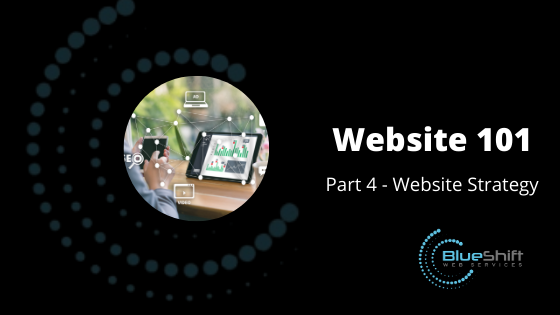
Websites as the central core to digital marketing is an ever changing, growing, evolving thing. While you’re supposed to be consistently growing your site by adding articles, blogs, services, and the whole kit and caboodle, many people tend to just leave the site stagnate.This can be fine, but to really thrive in today’s digital world, having recent, relevant posts and information is the best pathway to success. Today’s blog is the final part of the website 101 series. We will be covering in depth how to make sure that your website is at the center of your marketing strategy.
First, we’ll talk about search engine optimization. Search engine optimization literally relies on your ability to be found organically. Things that account for this are pages on your website, backlinks from directories and platforms, and your Google My Business listing. SEO is a major aspect of digital marketing and is the most long lasting. As a long term strategy, you will not see the results right away. Generally, changes in strategy will reflect around a couple of months. However, even though that’s what I’ve seen it can take shorter or longer. There is no set in stone time frame for search engine optimization, and the algorithm for Google, Bing, and such are always changing and are never fully disclosed. For example, Google has over 250 variables in their algorithm currently.
In order to strengthen your website, make sure to have as many backlinks as you can. Backlinks are simply links from other sites directing to your site. Common backlinks are social media pages, directory listings, and client/portfolio pieces. If you guest post or have news articles that mention your business, those are also counted towards your SEO.
That leads us to our next step of social media. Social media is an amazing way to connect with your clients overall. Whether they’re interacting with your content, leaving reviews, or just watching what you’re posting, they’re helping to strengthen your online presence. Linking back to your site from your posts and profiles is a great way to direct your marketing traffic to the core of your online presence. You can use blog posts and relevant pages help your followers find what they need on your website.
The next topic is paid ads. Paid ads refers to search engine marketing like Google Ads and Microsoft Advertising (formerly AdWords and Bing Ads) and social media marketing like Facebook Ads, Instagram Ads, Pinterest Ads, and LinkedIn Ads. This is the most important place to focus on ensuring that you’re linking your traffic to relevant posts. For example, if you post an ad about tile flooring, but link them to the page about carpet, you paid for someone to leave your site without making a purchase. It’s important to take that into consideration when writing your ad copy as well.
My favorite way to describe digital marketing and online presence is that it is a web. At the center you have your website, and you have several branches that connect to it. These are your marketing strategies: SEO, Social Media, Paid Ads, Graphic Design, Print Ads, etc. The more branches connecting to your center the stronger your presence is.
Hopefully this four part series has helped you when it comes to your website. If you’re looking to get started with web design for your business, check out our great packages. For the previous posts in this Website 101 series please click below:

